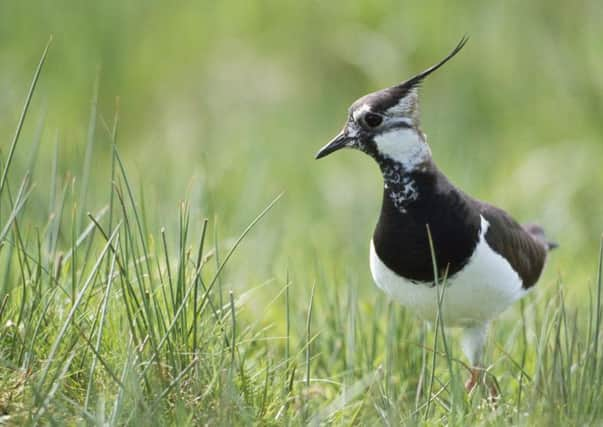Boost in numbers of threatened lapwings at RSPB reserves


RSPB conservationists said they were thrilled that the number of the birds, known as peewits after their distinctive calls, had increased by a third in grassland habitats managed by the charity in less than a decade.
Lapwings nest at a number of RSPB sites in England, including Fairburn Ings near Castleford in West Yorkshire and Old Moor, Dearne Valley, near Barnsley in South Yorkshire. Since 2005, numbers of the threatened birds at RSPB sites have risen from around 1,200 to 1,600.
Advertisement
Hide AdAdvertisement
Hide AdThe RSPB list lapwings on its ‘red list’, meaning it is threatened globally and has seen severe decline in the UK over the last 25 years. The birds have been disappearing from lowland England in particular since the middle of the 19th century, and the most recent falls in numbers of lapwings is due to changes in agricultural land use. The RSPB has had particular success with breeding in the south.
Martin Harper, RSPB Director of Conservation, said: “In my lifetime the lapwing has gone from a widespread countryside bird to one increasingly confined to nature reserves. It’s challenging to manage land for lapwing, so seeing an increase this year is especially welcome.
“It gives us hope that this engaging species may in time be able to turn a corner as a nesting bird in lowland England, especially if land managers can be encouraged to get the most from wildlife-friendly farming payments.”